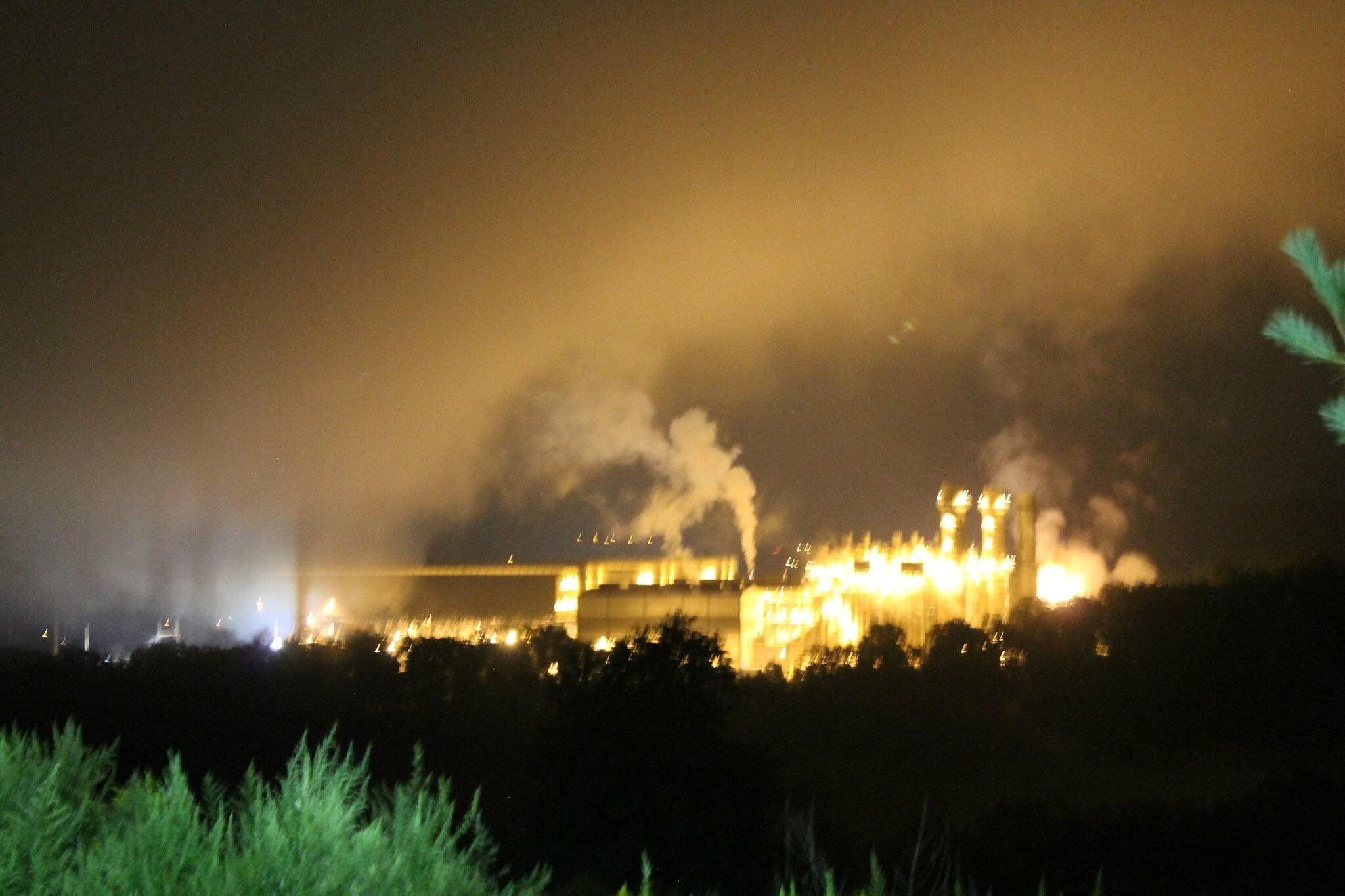By Jason Petrochko
In comparison to other states, Pennsylvania is woefully behind when it comes to adequate municipal, county, and school district compensation from power plants. Throughout the country, power plant development is touted as an economic boon to these government bodies because millions of dollars are annually collected from plant operators. In Pennsylvania, these same facilities are marketed similarly; however, a tax structure that fails to tax power plant equipment and the lack of minimum host agreement payment standards makes this marketing completely empty.
Citizens for a Healthy Jessup (CFHJ), a community group in Lackawanna County that formed to oppose the construction of the now-operational Lackawanna Energy Center, a 1485-megawatt combined-cycle fracked gas plant, is trying to do something about this financial disparity. The strong opposition to this facility located near a youth sports complex, a nature preserve, a residential community, and the Lackawanna River ultimately led Invenergy, the plant’s developer, to offer a host agreement worth $1,000,000 annually to the host municipality of Jessup; however, the Valley View School District, which has a major annual deficit, and Lackawanna County were left largely out of the deal. Research by CFHJ, in conjunction Fair Shake Environmental Legal Services and the Sierra Club, uncovered that even this million-dollar-per-year payment was shockingly low in comparison to what developers pay in nearly every other state, especially when you factor in how much the payments were by measuring them in relation to megawatt output. Furthermore, many power plants operate in the state without paying an annual host agreement at all.
With this knowledge, the group began lobbying its local state representative Kyle Mullins (PA 112th) and state senator John Blake to do something about this problem. Through the course of several meetings, and with the guidance of the Sierra Club and the Curtain & Heefner law firm, a piece of legislation was crafted that would establish minimum upfront and annual payments to municipalities, counties, and school districts that host power plants in Pennsylvania. On top of these payments to governing bodies, payments have been built-in to provide direct annual payments to the Pennsylvania Department of Environmental Protection (DEP) to be set aside for environmental monitoring at the site of future power plants.

Lackawanna Energy Center in Jessup, PA. Photo by Tim Seamans 2018
At this time, this proposal has finally taken its first step forward with the circulation of a co-sponsorship memo by Representative Mullins that outlines per-megawatt payment details as well as specific uses the money can be set aside for, including environmental projects, such as stormwater management, conservation districts, floodplain management, as well as other needed infrastructure projects and tax reductions. Of important note, the numbers established by this act are intended to set the minimum standard that must be met before permits for such facilities are issued. This would empower communities to negotiate specifically for what they need while having the security of a safe starting point.
The current set up is nothing short of a giveaway to the industry that only benefits the industry itself and twelve other states and the District of Columbia in the PJM power grid that prosper from cheap energy production costs in Pennsylvania. Pennsylvanians, however, are left to bear the risk of property value devaluation, increased tax burdens, and the environmental impacts these polluting facilities exact on our wildlife, air, and waterways. This must be changed.
This blog was included as part of the 2020 Winter Sylvanian newsletter. Please click here to check out more articles from this edition!